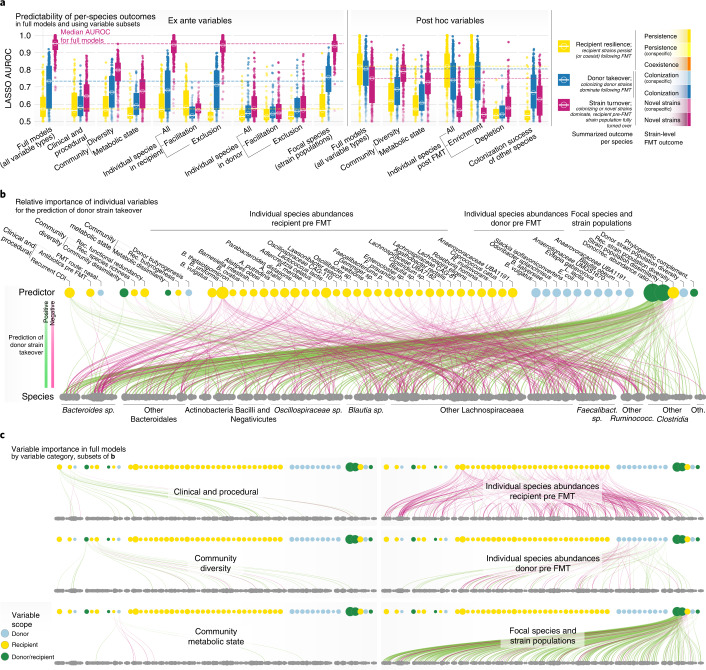Fig. 5. Drivers and determinants of FMT strain-level outcomes for individual species.
a, Logistic LASSO models were trained to predict FMT binarized outcomes (recipient resilience, yellow; recipient turnover, purple; donor takeover, blue) for n = 307 species across FMT time series, using different subsets of ex ante variables (knowable before the intervention). Each dot represents data for one species. Data are shown for full models (choosing from all available variables) and models trained on variable subsets categorized by type (procedural, community-level diversity and so on). Predictive performance of species models is shown as average AUROC across LASSO cross-validation folds in marginal box plots, ranging from 0.5 to 1.0; center line, median; box limits, upper and lower quartiles; whiskers, maxima/minima within 1.5× interquartile range from upper/lower quartiles. b, Variable importance across full models to predict takeover by donor strains. Each edge indicates the importance of a predictor variable (top row) when predicting donor takeover for a given species (bottom row). Dot size for predictors indicates summed variable importance across all species; dot size for species (bottom) indicates total number of relevant predictors. Edge color and width indicate direction and strength of the association, respectively. c, Variable importance for individual predictor categories, as subsets of the data in b.

